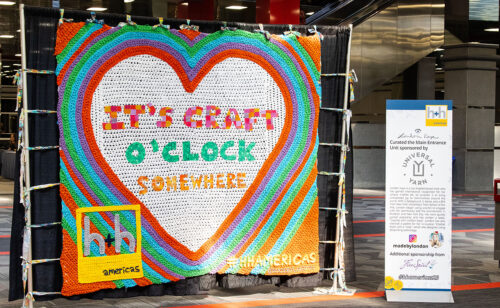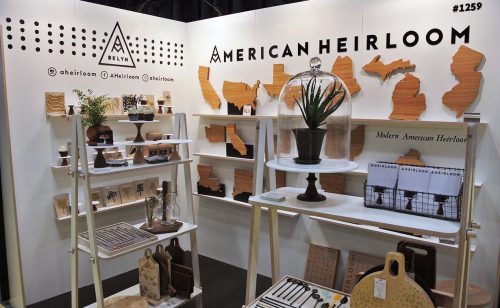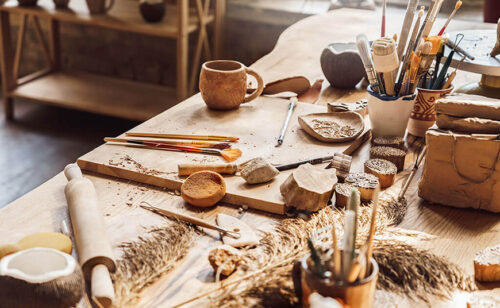Expert Trade Show Secrets: 12 Tips from Top Sellers
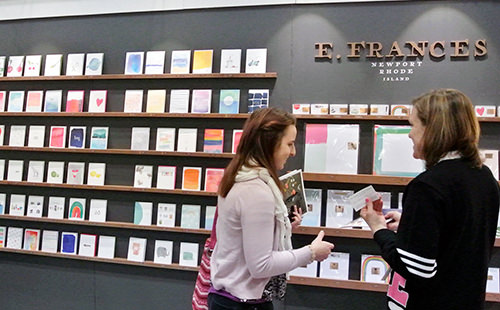
Trade shows can be a big deal for product-based businesses. Many rely on a yearly show to stay in touch with their retailers, find new ones, show their new product lines, make connections for future collaboration, and get press.
I thought it would be nice to get some tips from creative businesses who have done it before – so if you’re thinking of attending your first show, or if you’d just like some trade show tips on upping your game, get some advice here from a variety of different businesses, about a variety of different shows.
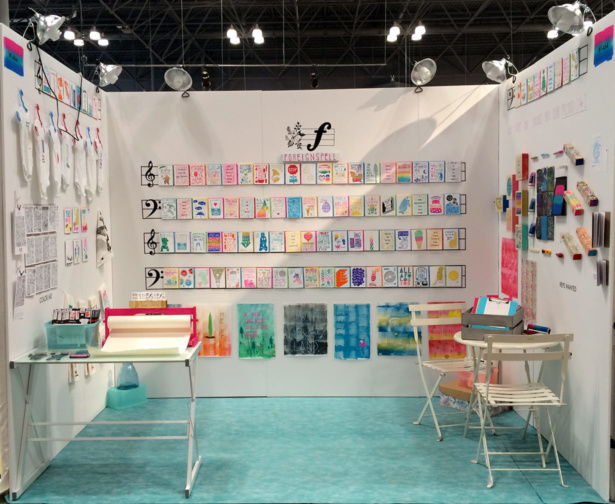
Here are some popular trade shows and retail craft fairs:
Trade shows
Retail shows
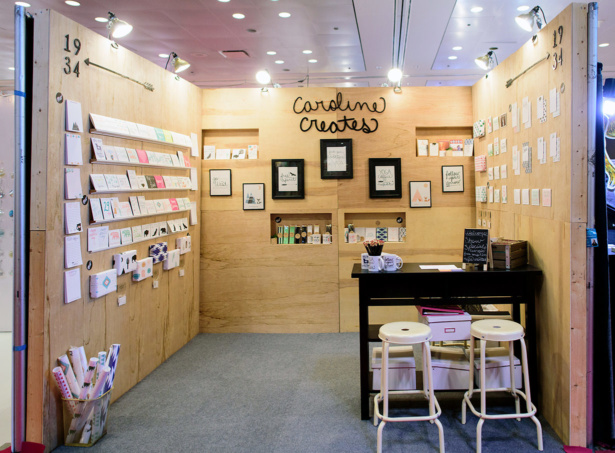
1. Set clear goals
Before you attend a trade show, define what you hope to achieve. Is it to generate leads, increase brand awareness, or network with potential business partners? Once you have clear goals in mind, you can tailor your booth design, marketing materials, and overall approach to meet those objectives.
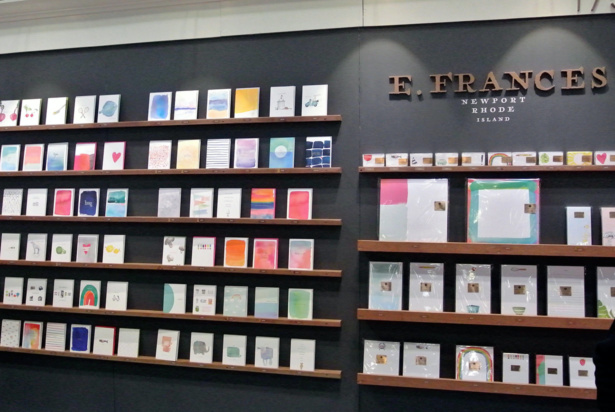
2. Plan your budget
Participating in a trade show can be expensive, so it’s important to plan your budget carefully. Consider all the costs associated with attending a trade show, including booth rental, signage, marketing materials, travel expenses, and lodging. Allocate your budget wisely to maximize your return on investment.
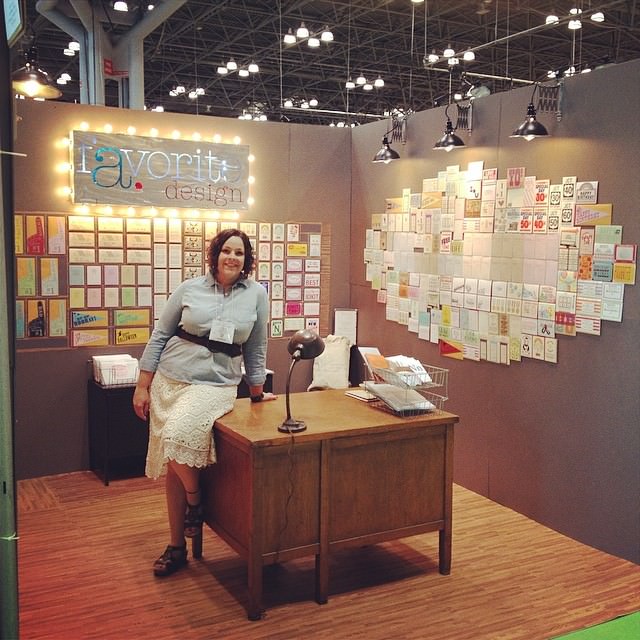
3. Overprepare
Before applying, make sure your website is up to date with your most current products. Look through your photos and reshoot any you are unhappy with before hitting send on the application. If they ask for a booth layout and you haven’t built it yet, be as descriptive and detail-oriented as possible. Don’t be afraid to tell them who you want to be next to. Location can make or break a show.
If you are planning to exhibit at NSS, consider attending Tradeshow Bootcamp’s Paper Camp. You’ll get specific packing lists, booth help, industry standards, and a community to lean on!
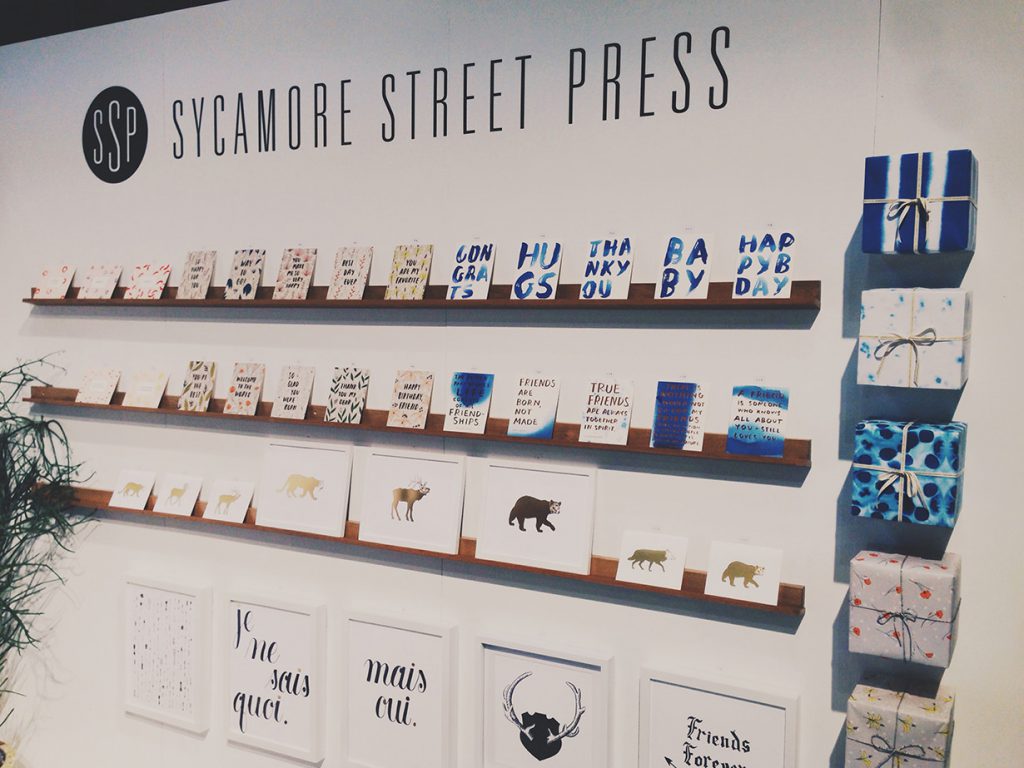
Overpreparing is especially important when you’re packing! Consider using a spreadsheet to help you stay organized. You may want to have one list of everything that will be shipped to the show (booth, decor, products, toolbox, etc.) and another list of everything you’ll need to bring with you on the plane (tracking info, travel reservations, clothes, etc.).
As for surprises, there will always be some. If the market is outdoors on grass, the ground could be uneven. Bring shims or something else to level your display and make sure you have weights for your tent; a minimum of 25 pounds per leg. Sidewalls are a good idea and are necessary for overnight outdoor shows to protect your display and/or products. If it’s indoors in a large convention hall, be sure to find out what is being supplied in your vendor fee.
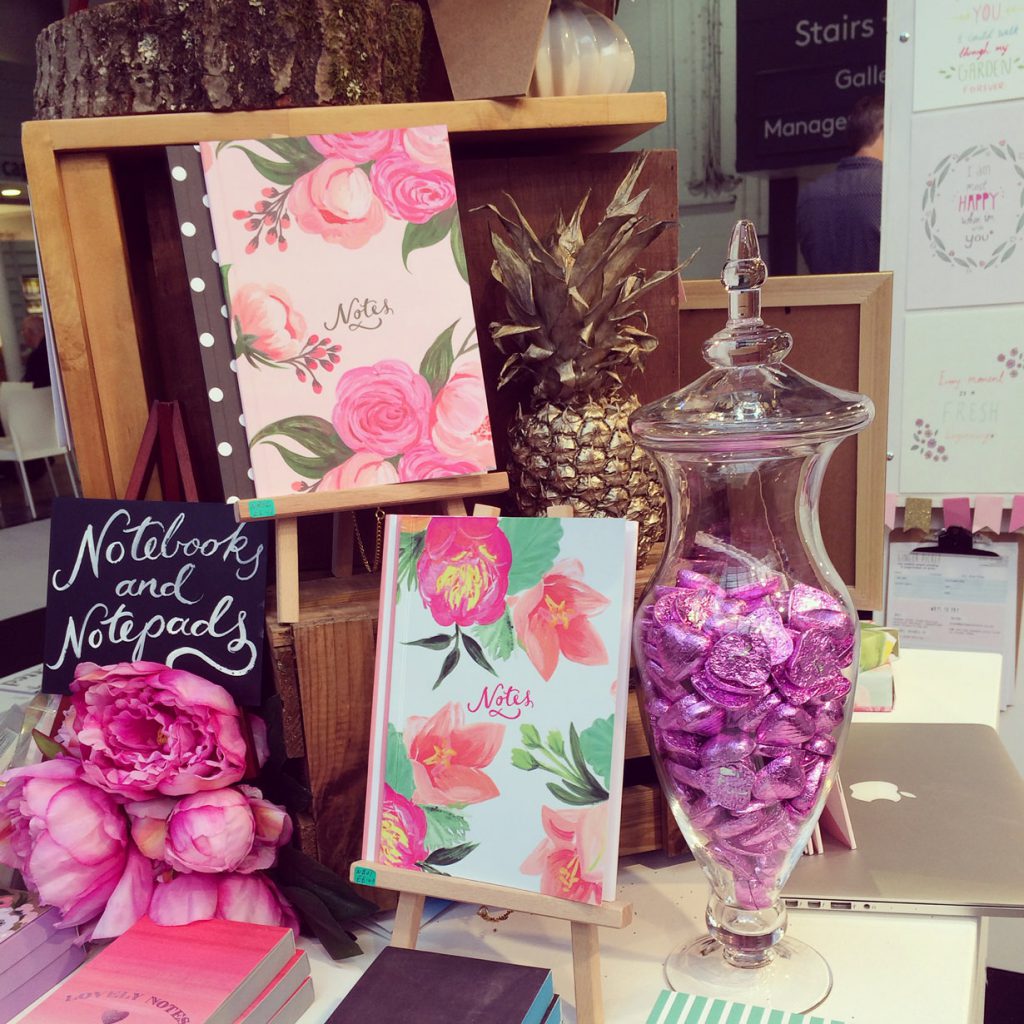
4. Don’t skimp on your catalog
Having a memorable catalog that represents your brand well can make a huge difference! The reason for this is that a lot of shops (especially the big department stores and national stores) do not buy at the show, and they see a LOT of stores in a few days, so the catalog is the only way for them to really remember your work. Many vendors opt for a simple line sheet, but if you go the extra mile and invest in professionally styled photo shoots and create a nice booklet, you will stand out from the crowd.
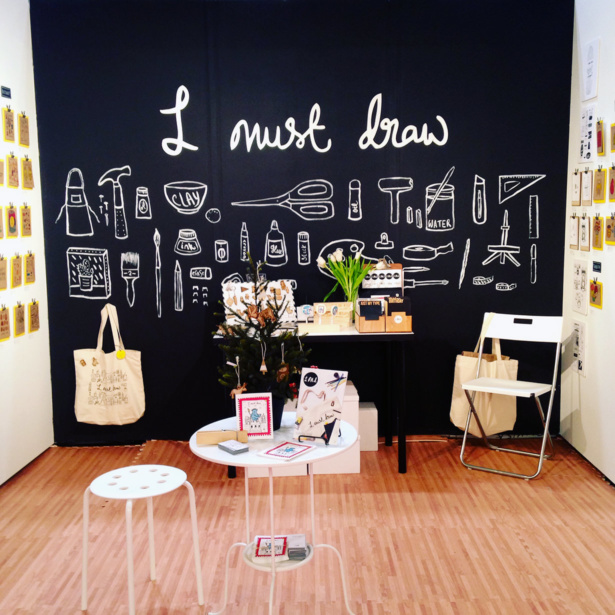
5. Design an eye-catching booth
Your booth is your brand’s storefront at the trade show, so it’s crucial to make it stand out. Use bold colors, high-quality graphics, and attractive displays to draw people in. Make sure your branding and messaging are consistent and easy to read from a distance.
Lighting is key for indoor shows so it is a good idea to purchase electricity if available, but you can also use a portable battery if necessary. The easiest solution is to rent a crossbar or purchase one – this goes across the top of the pipe at whatever spot makes sense (usually the front, but jewelers tend to need more than one) and attaches track lighting with zip ties or velcro strips.
Of course, you will want to make your booth look beautiful, but also be sure it is easy to pack up! When you design your gorgeous display, also think about how it will fit in your car, how it will load onto a cart, or how it will pack down to be shipped.
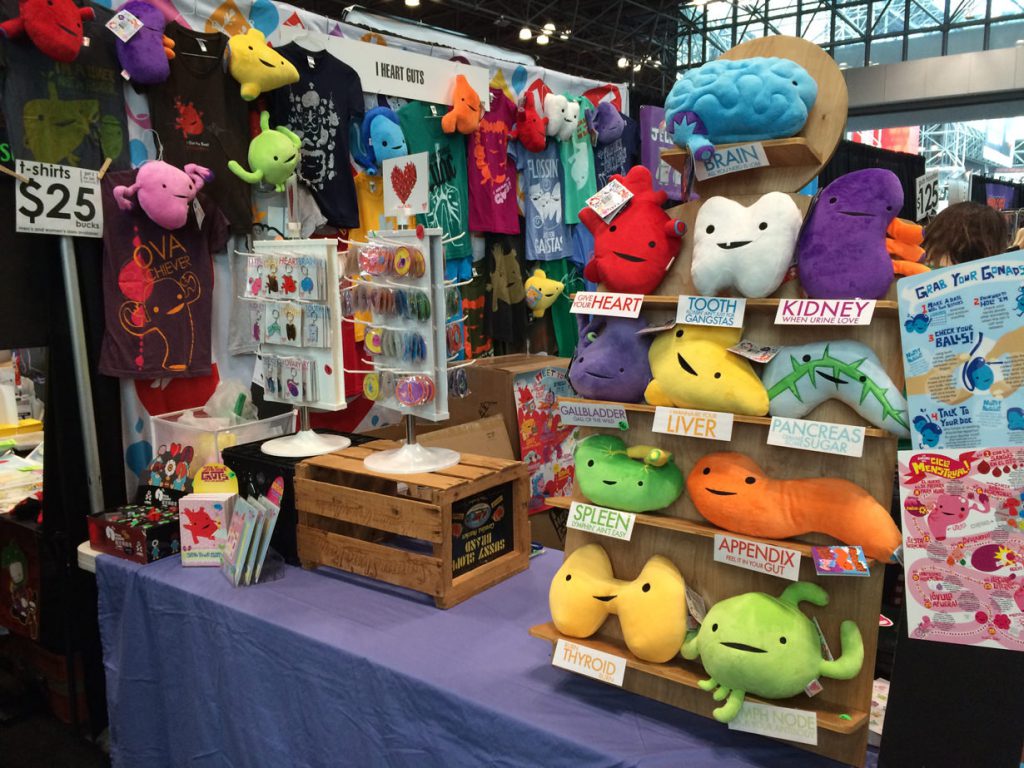
6. Make everything visible
Make sure all your goodies are visible and attractively displayed around eye-level if possible — if people can’t see it, they can’t buy it. Use crates, props, and display stands. When you engage with your customers, get your product into their hands. If you will be exhibiting at a retail show like Renegade, make sure all your work is clearly priced.
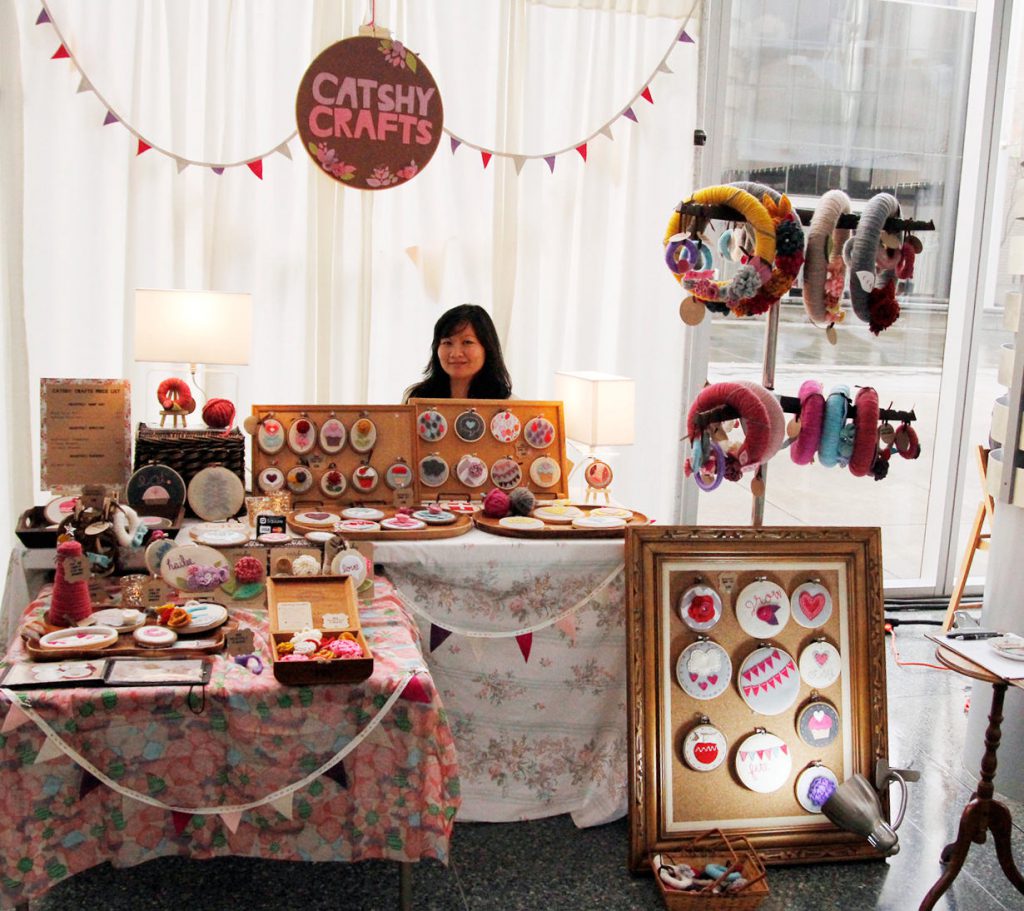
7. Prepare icebreakers
For introverts, trade shows can be especially daunting. Get your introductory speech down. For example: ‘Hello. Everything is handmade by me, so just let me know if you have any questions.’ Taking a few minutes to prepare some questions or icebreakers for your booth visitors could help alleviate some of that small talk anxiety. Perhaps offer a compliment, ask a question, or share something interesting about the piece that your visitor is looking at. Find a way to have fun and enjoy interacting with your customers.
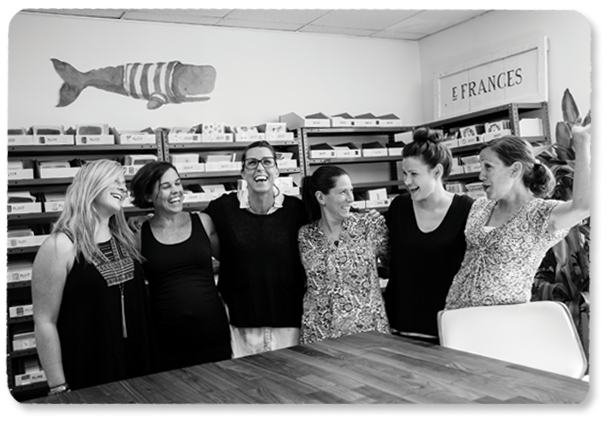
8. Train your staff
Your booth staff can make or break your trade show success. Train them to be knowledgeable about your products or services, engage with attendees in a friendly manner, and collect leads effectively. Consider providing incentives to encourage staff to be enthusiastic and motivated throughout the show.
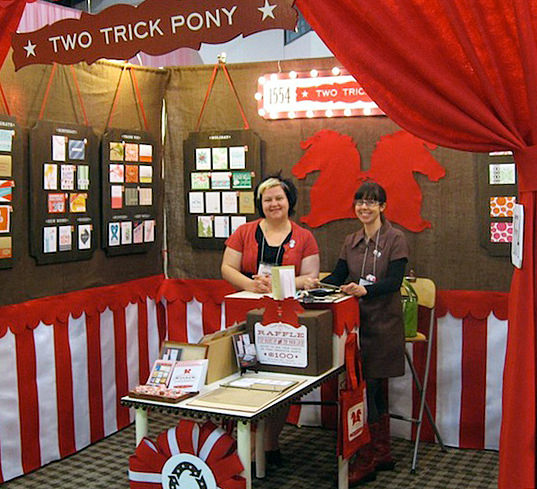
9. Promote your presence
Make sure attendees know you’ll be at the trade show by promoting your presence ahead of time. Use social media, email marketing, and your website to let your audience know where to find you. Consider offering a special discount or promotion for attendees who visit your booth.
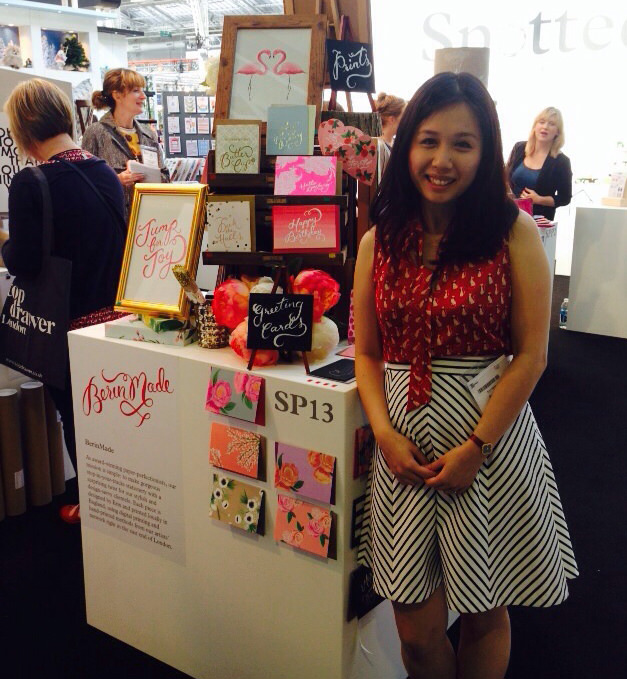
10. Sell your goods
Remember that you are representing your brand. People make quick judgments at shows and this is a place where first impressions really count, so make sure you are welcoming and approachable. If you are selling fashion items, look fashionable! If possible, be wearing something you have made. Nothing will make shoppers turn away like a poorly presented vendor slouching at the back of their booth. Be honest with yourself and if you are not great at the in-person sales piece, bring someone who is. Some really talented artists are terrible at selling their own artwork!
Be yourself, but have the story ready – handmade is generally more expensive, so you need to show people why it’s worth it to buy your item. Encourage visitors who don’t buy right away to take a card and take a picture of the product they were looking at so they remember what they were looking at.
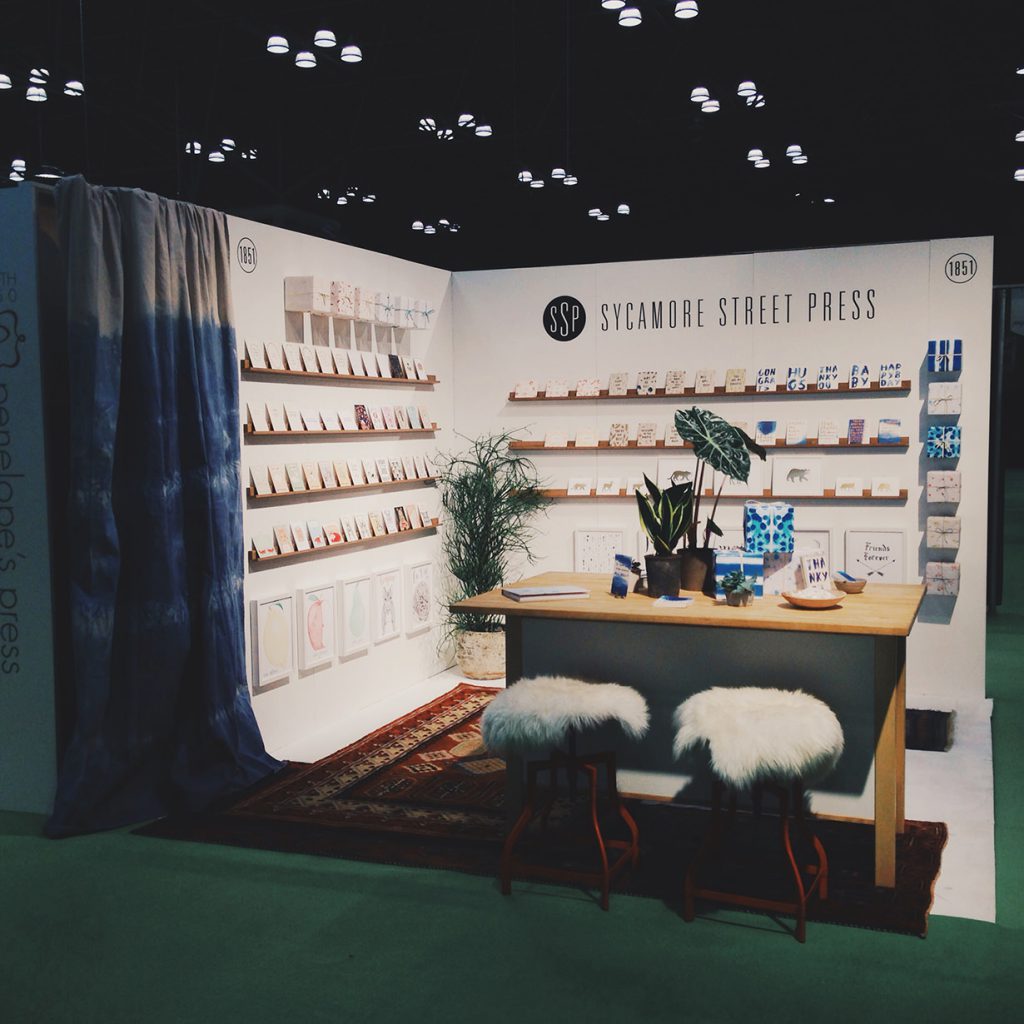
11. Collect leads
One of the main objectives of attending a trade show is to generate leads. Make it easy for attendees to share their contact information by offering a giveaway or running a contest.
Try to get a business card or contact information from anyone that takes your card or catalog. Use a lead capture tool to track and follow up with leads after the show. If you run out of cards to hand out, tape the last one somewhere convenient and encourage customers to take a photo of your card to keep your information.
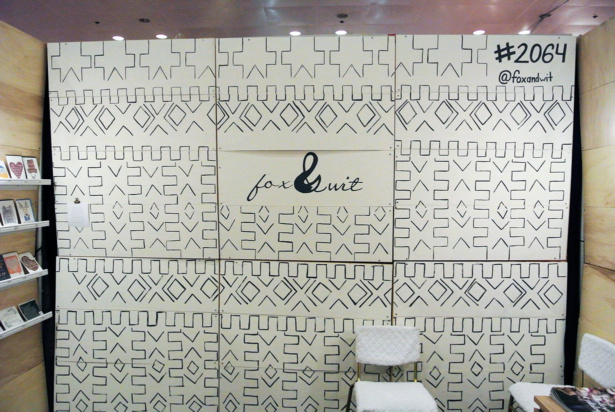
12. Follow up promptly
After the trade show, follow up promptly with the leads you’ve collected. Send personalized emails or make phone calls to nurture those relationships and move them further down the sales funnel. Make sure you have a system in place to track follow-up communications and measure your success.
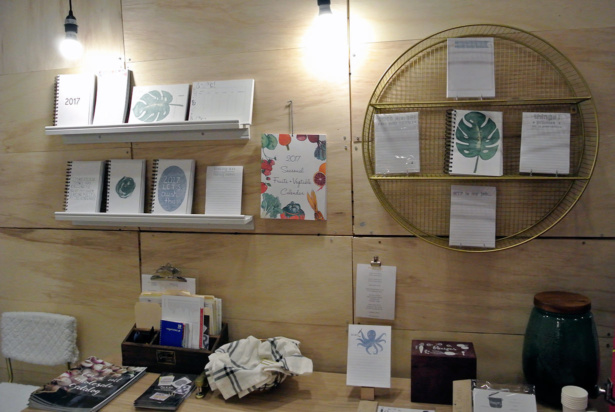
Trade shows can be a valuable marketing opportunity for small businesses, but only if they’re approached strategically. By setting clear goals, planning your budget, designing an eye-catching booth, training your staff, promoting your presence, collecting leads, and following up promptly, you can make the most of your next trade show and drive business growth.
Huge thanks to everyone who contributed to this post!
Niki Baker – Foreignspell, Caroline Hull – Caroline Creates, Ali Flippin – E. Frances Paper, Mary Nguyen – Fox & Wit, Desiree B – I Must Draw, Karl Wald – Mr. Ellie Pooh, Wendy Bryan Lazar – I Heart Guts, Amber J. Favorite A.Favorite Design, Erin Hung of BerinMade, Laurie Johnston Two Trick Pony, Lisa DeMio Red Staggerwing, Cathy Pascual of Catshy Crafts, Eva Jorgensen of Sycamore Street Press
We hope you found these tips helpful! If you have any trade show questions or tips to add, please share them in the comments below. Also, be sure to sign up for our newsletter, we share helpful and actionable business tips every week.
Browse Posts
Newsletter Sign Up
We write a new email each week to help you grow your business.
Related Posts
Let's take your online shop to the next level
The Shopify websites we design have a reputation for substantial improvements to ecommerce conversion rates and online sales. Let's talk!
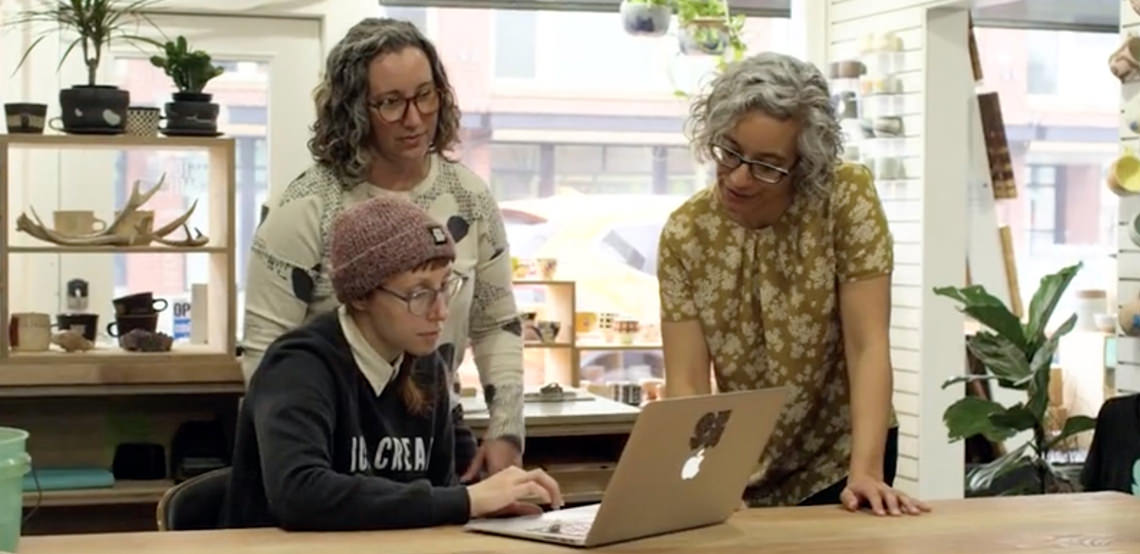 Grab my guide to the 10 main ways to grow traffic and optimize to boost sales.
Grab my guide to the 10 main ways to grow traffic and optimize to boost sales.
